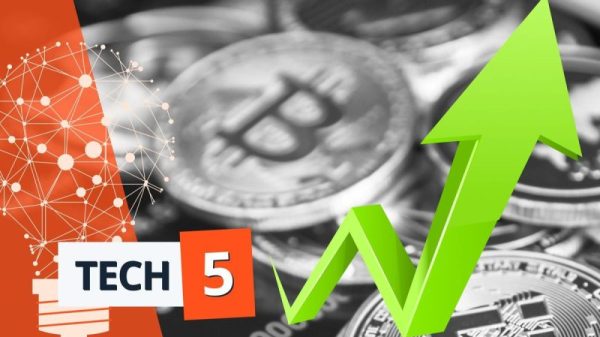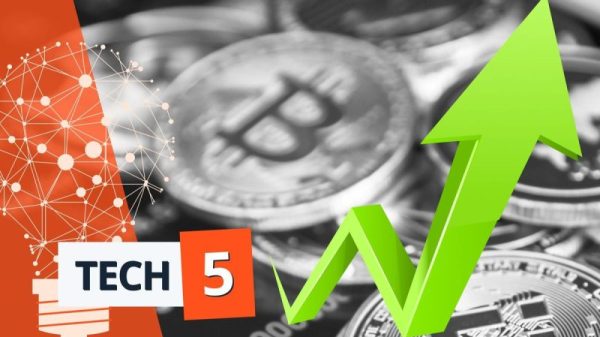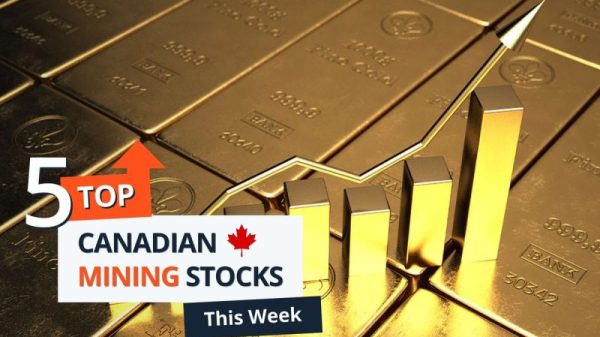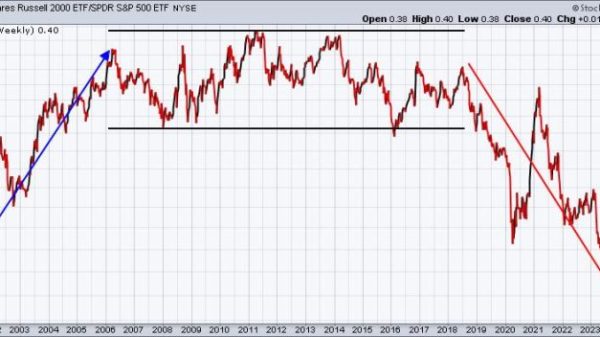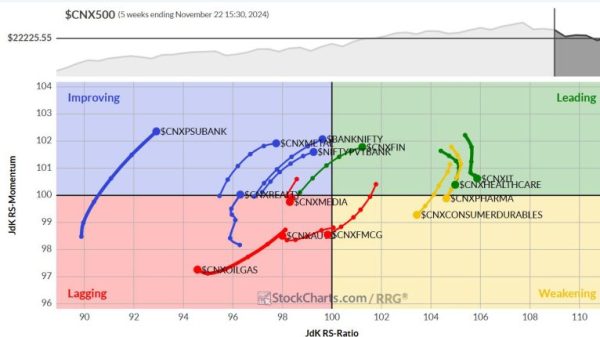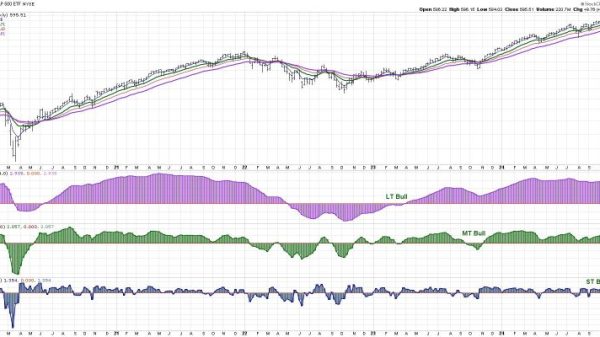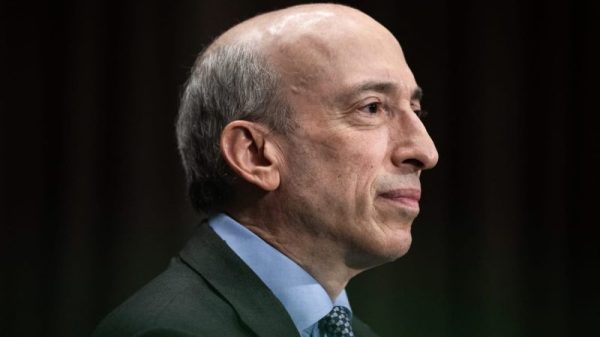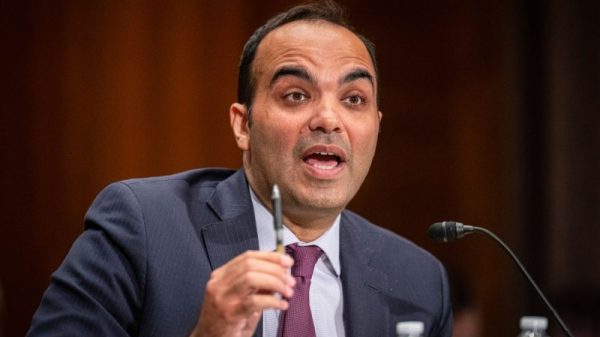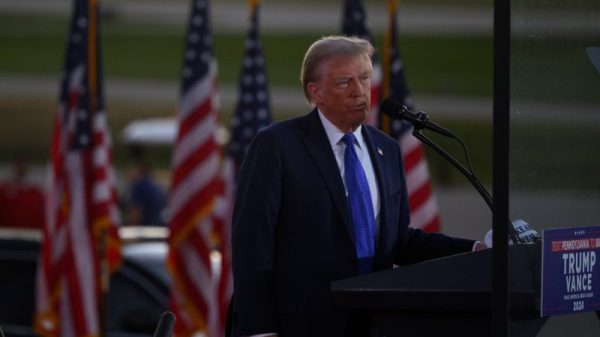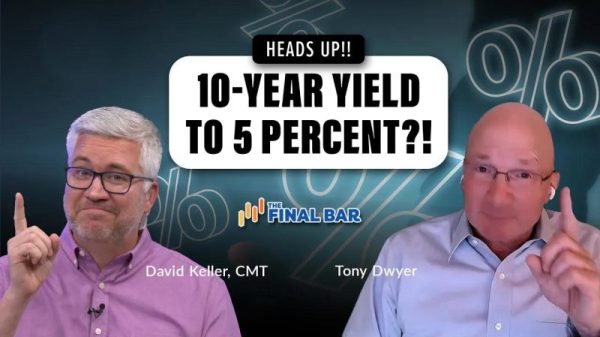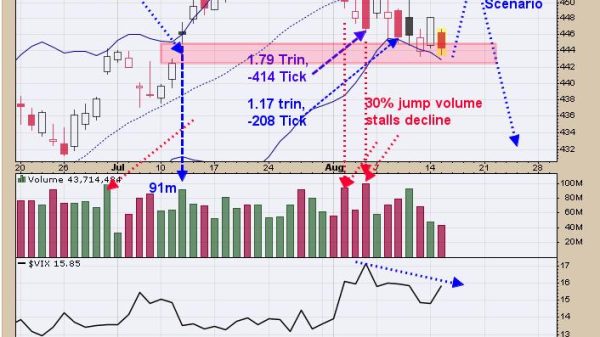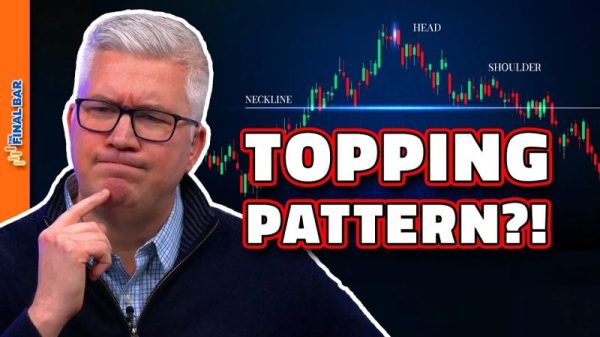At first glance, the cryptocurrency market doesn’t appear to have had a stellar Q3.
The CoinDesk Market Index, which measures the performance of digital assets, fell about 12 percent, and according to Fineqia International research analyst Matteo Greco, weak price action and low volumes were also observed.
However, when you compare the current price of popular cryptocurrency Bitcoin to where it was just a year ago, it’s easy to see that the sector has recovered since it was rocked by the FTX scandal at the end of 2022.
‘However, in spite of these challenges, the market has delivered a robust performance year-to-date, underscoring the continued growth and maturation of digital assets as an asset class.”
Indeed, Bitcoin’s value has been increasing steadily, even breaking the US$35,000 level on October 25. According to Greco, its rise has been fueled by the anticipation of spot Bitcoin exchange-traded fund (ETF) filings in the US and the upcoming halving, which will reduce the rate at which new Bitcoins can enter circulation.
“The Bitcoin halving has … typically (been) marked by several months of positive price performance in digital asset markets, prior and following the event,” he said. “Furthermore, historical trends suggest that bear markets in the digital asset space tend to last approximately 1,000 days. Historical data, coupled with the forthcoming halving and the Bitcoin spot ETF filing deadline, is leading investors to consider a potential bullish phase in 2024 with increasing optimism.”
For its part, Ethereum experienced two significant price drops in August and September, falling as low as US$1,540 on September 11, but surged in October, reaching US$1,831 on October 23.
Regulation conversation still front and center
Unsurprisingly, one of the top Q3 stories in crypto was the trial of Sam Bankman-Fried, which began on October 3. He’s facing multiple charges of fraud, including wire fraud, embezzlement and conspiracy.
With Bankman-Fried in court, the topic of regulation has been at the center of many crypto discussions. Some market participants are eager to see more regulation in a sector that has always held promise, but comes with a great deal of risk — stronger rules could bring in noteworthy investors, delivering credibility and alleviating doubts held by skeptics.
However, others prefer the lack of oversight and fear that the pendulum will swing too far, resulting in devaluation and stifled innovation. “I don’t necessarily see it the same way,” said Greco. “It’s true that there are risks, especially with entities like the US Securities and Exchange Commission (SEC) coming down hard on the digital asset market. However, we also need to acknowledge that the lack of regulation has sometimes allowed worthless coins to gain value.”
He pointed to the native tokens of FTX, Celsius and Terra as examples. ‘These coins, fueled by hype, fake trading activity and speculation, would likely suffer under tighter regulations. On the flip side, clear rules could open the door to a significant influx of capital from traditional finance. If these regulations are designed to improve the digital asset market, I believe they could attract a larger and more discerning pool of investors in the long run,’ noted Greco.
A major challenge when it comes to regulation is that existing securities laws were written before the emergence of digital assets. For example, Coinbase (NASDAQ:COIN) and Binance are facing charges from the SEC, but have filed to have them dismissed, saying that because cryptocurrencies don’t fit the current definition of a security, there is no legislation in place that allows digital assets to fall under the authority of the SEC.
The basis of the crypto firms’ argument comes from the legal battle between the SEC and Ripple. In July, federal Judge Analisa Torres ruled in favor of Ripple, declaring that, when it comes to crypto coins, the definition of a security depends on the circumstances surrounding its sale. The SEC ended up dropping the charges against Ripple on October 19.
However, with no official laws in place, the matter is not so cut and dry. On October 3, the SEC requested that another federal judge deny Coinbase’s dismissal motion, pointing out federal Judge Jed Rakoff’s decision to let the SEC go ahead with its case against Terraform Labs. Rakoff’s ruling directly contradicted Torres’ decision in the Ripple case, which rested on the distinction between private sales and sales to institutional investors.
Spot Bitcoin ETF saga continues in the US
The temporary freeze on interest rates could bring new curious investors to the crypto market, but the US Federal Reserve has hinted at another rate hike before the year is out. Market participants bracing for an increase may not have the funds to invest in crypto, and if they do, they might not be willing to risk a loss.
Spot Bitcoin ETFs could provide investors with an affordable and simple alternative to buying coins outright, but the SEC has been dragging its heels on approving them — Chairman Gary Gensler has argued that spot crypto ETFs are too dangerous for investors despite the fact that they’ve been available to Canadians for almost three years.
Grayscale Investments, BlackRock (NYSE:BLK), Fidelity and Invesco (NYSE:IVZ) are vying to offer the first SEC-approved spot Bitcoin ETF in the US, but so far the SEC has delayed or rejected every application.
However, the commission chose not to appeal Grayscale’s August court win by the October 13 deadline. Back then, a judge ruled that the SEC’s rejection of Grayscale’s spot Bitcoin ETF application was “arbitrary and capricious.’ The SEC’s choice not to appeal prompted many to believe that spot Bitcoin ETFs would be approved shortly thereafter, and when a report was released on October 16 that stated the iShares Spot Bitcoin ETF had been approved, the price of Bitcoin jumped by 10 percent. Later on, when the report was proven false, the cryptocurrency fell to US$28,000.
“This situation highlights that the market hasn’t fully factored in the approval of ETFs yet,” said Greco. “However, it’s evident that the likelihood of such approvals is now perceived as much higher, as indicated by the substantial narrowing of the Grayscale Bitcoin Trust (OTCQB:GBTC) discount observed in recent months. If Bitcoin spot ETFs are approved, it would pave the way for a substantial influx of capital from traditional finance and a significant increase in the amount of Bitcoin held under stringent regulatory oversight by investors.’
A significant push from industry leaders combined with congressional pressure and support from the judicial system may sway the SEC to approve the first spot Bitcoin ETFs by January 2024. An ETF from 21Shares has a final deadline of January 10 of next year, which could make it the frontrunner if it is approved, but industry insiders have speculated that the SEC will grant approval to or reject multiple trusts at once to offset any advantages gained by a single issuer. Such a move would be good news for investors who would benefit from competitive pricing.
Investor takeaway
While the crypto winter is fading into the past, the sector has by no means lost its volatility
“Throughout 2023, the digital asset market has demonstrated remarkable resilience, instilling fresh confidence and optimism in the sector’s future prospects,” said Greco. “Notable trends in the industry include the rising popularity of real-world assets, tokenization and the increasing significance of liquid staking, particularly within the Ethereum ecosystem. Additionally, emerging trends encompass the utilization of Telegram bots to streamline trading processes, and the emergence of social apps, with friend.tech leading the way.”
Securities Disclosure: I, Meagen Seatter, hold no direct investment interest in any company mentioned in this article.



